Vehicle-bridge Interaction Dynamics: With Applications To High-speed Railways
The commercial operation of the bullet train in 1964 in Japan marked the beginning of a new era for high-speed railways. Because of the huge amount of kinetic energy carried at high speeds, a train may interact significantly with the bridge and even resonate with it under certain circumstances. Equally important is the riding comfort of the train cars, which relates closely to the maneuverability of the train during its passage over the bridge at high speeds.This book is unique in that it is devoted entirely to the interaction between the supporting bridges and moving trains, the so-called vehicle-bridge interaction (VBI). Finite element procedures have been developed to treat interaction problems of various complexities, while the analytical solutions established for some typical problems are helpful for identifying the key parameters involved. Besides, some field tests were conducted to verify the theories established.This book provides an up-to-date coverage of research conducted on various aspects of the VBI problems. Using the series of VBI elements derived, the authors study a number of frontier problems, including the impact response of bridges with elastic bearings, the dynamic response of curved beam to moving centrifugal forces, the stability and derailment of trains moving over bridges shaken by earthquakes, the impact response of two trains crossing on a bridge, the steady-state response of trains moving over elevated bridges, and so on.
{{comment.content}}

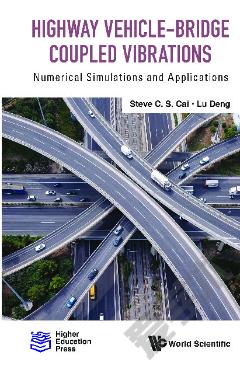
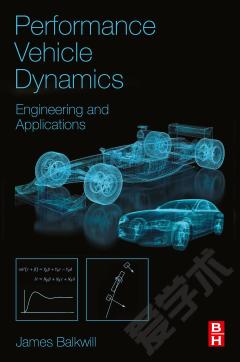
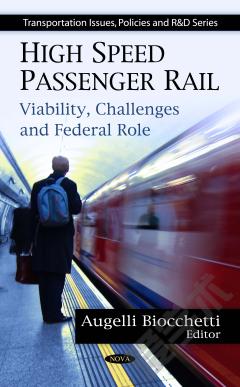

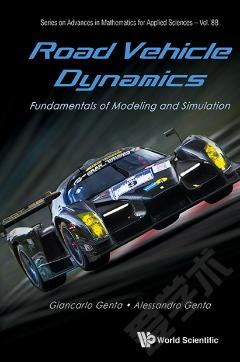
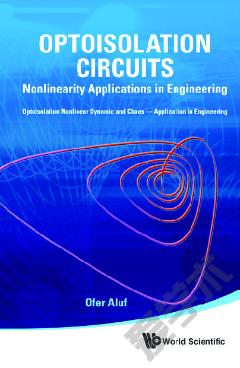

 京公网安备 11010802027623号
京公网安备 11010802027623号